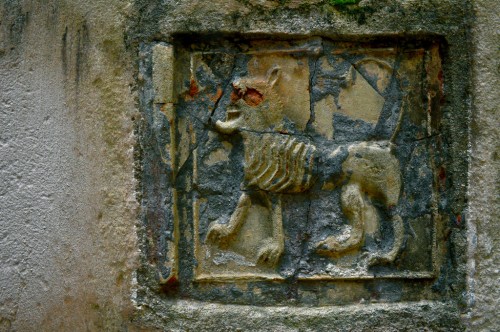Our practice of the Dharma includes intellectual understanding and transcends it. A way of understanding our practice is that we cultivate increasingly clear and harmonious “states of being”. All sentient beings down to the smallest grasshopper seek happiness and avoid suffering if they can. This, too, is our practice. In this way, we can say that all sentient beings are seeking realization.
” States of being” have been mapped in many ways. Examples of maps are the Tibetan Buddhist Bardos , Maslow’s Hierarchy of Needs and Zen’s Oxherding pictures. We practice the cultivation of states that include less suffering and confusion and more happiness, equanimity and clarity. The movement is toward Buddha nature – awakening, the true self, liberation.
In order to structure our practice, Lost Coin has a curriculum which includes Mechanics, Training and Realization. Each has subcategories.
Mechanics is the study of our conditioned mechanical nature and the practices that liberate us from these limitations. We use zazen, self-observation, self-remembering, teisho, daisan, the study of states, discussion, discursive teaching, academic study, etc.
Training is the implementation of these practices with the teacher, the sangha and through the lineage. It includes the cultivation of integrity, discriminating intelligence and compassion. A combination of valuable ancient methods both spiritual and psychological are combined with modern methods that would be used to train an athlete, a scientist, an artist – anyone in serious training.
Realization is the heart of the practice: waking up to our true nature and limitless potential.
Whatever the external circumstances are: we are not victims of anything. The means toward happiness and personal evolution are ours if we want and use them.
There is really no hurry and there is no time to lose

Recent Comments